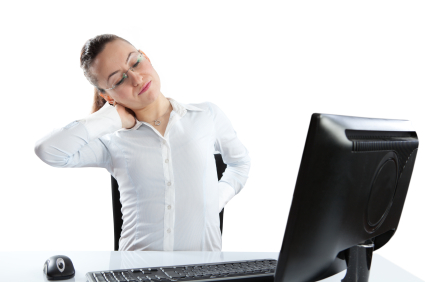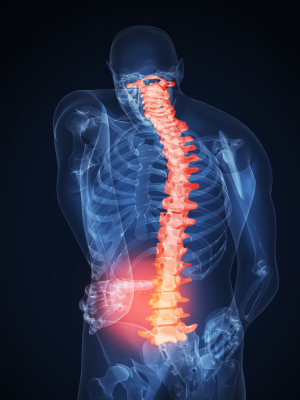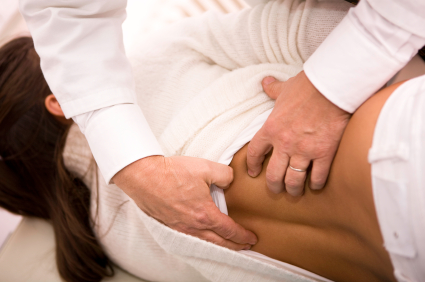Back Injuries

Common back injuries include
- Sprains and strains
- Herniated disks
- Fractured vertebrae
These injuries can cause pain and limit your movement. Treatments vary but might include medicines, icing, bed rest, physical therapy or surgery. You might be able to prevent some back injuries by maintaining a healthy weight, lifting objects with your legs and using lower-back support when you sit. (source)
Back Pain
Also called: Backache, Lumbago. If you’ve ever groaned, “Oh, my aching back!”, you are not alone. Back pain is one of the most common medical problems, affecting 8 out of 10 people at some point during their lives. Back pain can range from a dull, constant ache to a sudden, sharp pain. Acute back pain comes on suddenly and usually lasts from a few days to a few weeks. Back pain is called chronic if it lasts for more than three months.
Most back pain goes away on its own, though it may take awhile. Taking over-the-counter pain relievers and resting can help. However, staying in bed for more than 1 or 2 days can make it worse.
If your back pain is severe or doesn’t improve after three days, you should call your health care provider. You should also get medical attention if you have back pain following an injury.
NIH: National Institute of Arthritis and Musculoskeletal and Skin Diseases (source)
Herniated Disk
Also called: Bulging disk, Compressed disk, Herniated intervertebral disk, Herniated nucleus pulposus, Prolapsed disk, Ruptured disk, Slipped disk
Your backbone, or spine, is made up of 26 bones called vertebrae. In between them are soft disks filled with a jelly-like substance. These disks cushion the vertebrae and keep them in place. A herniated disk is a disk that slips out of place or ruptures. If it presses on a nerve, it can cause back pain or sciatica.
With treatment, most people recover. It can take a long time. Treatments include rest, pain and anti-inflammatory medicines, physical therapy and sometimes surgery. Losing weight can help, too. (source)
Symptoms include
- Back pain that spreads to the buttocks and legs, when the herniated disk is in your lower back
- Neck pain that spreads to the shoulders and upper arms, when the herniated disk is in your upper back
- Tingling or numbness
- Muscle spasms or weakness
Sciatica
 Sciatica is a symptom of a problem with the sciatic nerve, a large nerve that runs from the lower back down the back of each leg. It controls muscles in the back of your knee and lower leg and provides feeling to the back of your thigh, part of your lower leg and the sole of your foot. When you have sciatica, you have pain, weakness, numbness or tingling. It can start in the lower back and extend down your leg to your calf, foot, or even your toes. It’s usually on only one side of your body.
Sciatica is a symptom of a problem with the sciatic nerve, a large nerve that runs from the lower back down the back of each leg. It controls muscles in the back of your knee and lower leg and provides feeling to the back of your thigh, part of your lower leg and the sole of your foot. When you have sciatica, you have pain, weakness, numbness or tingling. It can start in the lower back and extend down your leg to your calf, foot, or even your toes. It’s usually on only one side of your body.
Sciatica may be due to a ruptured intervertebral disk, narrowing of the spinal canal that puts pressure on the nerve called spinal stenosis, or an injury such as a pelvic fracture. In many cases no cause can be found.
Sometimes sciatica goes away on its own. Treatment, if needed, depends on the cause of the problem. It may include exercises, medicines and surgery. (source)
